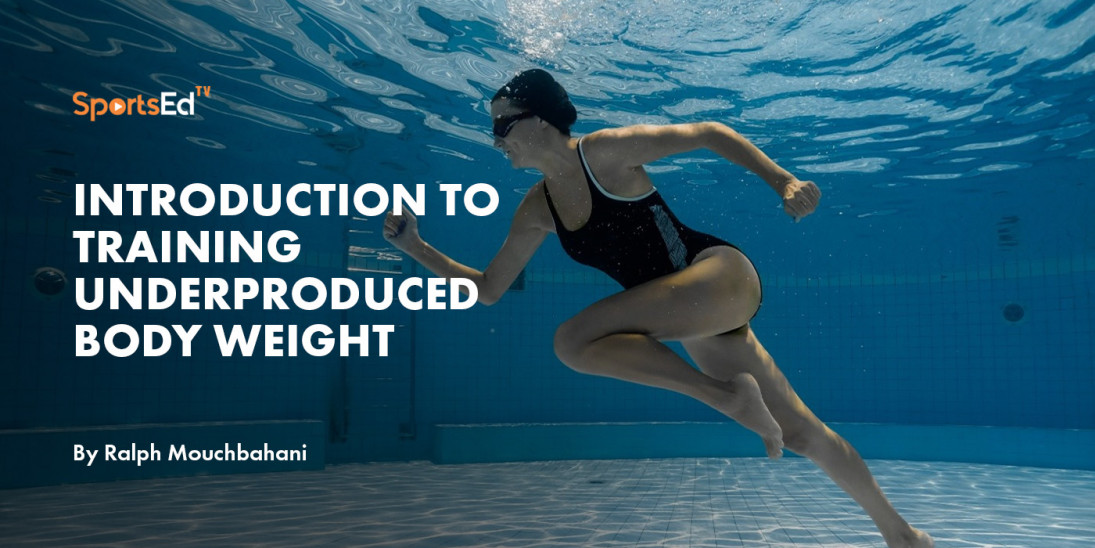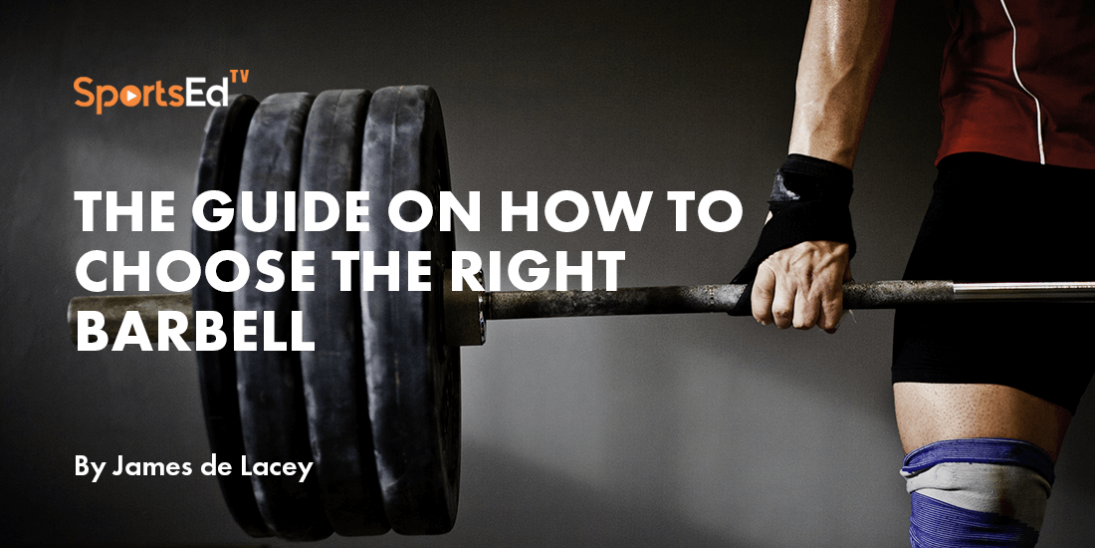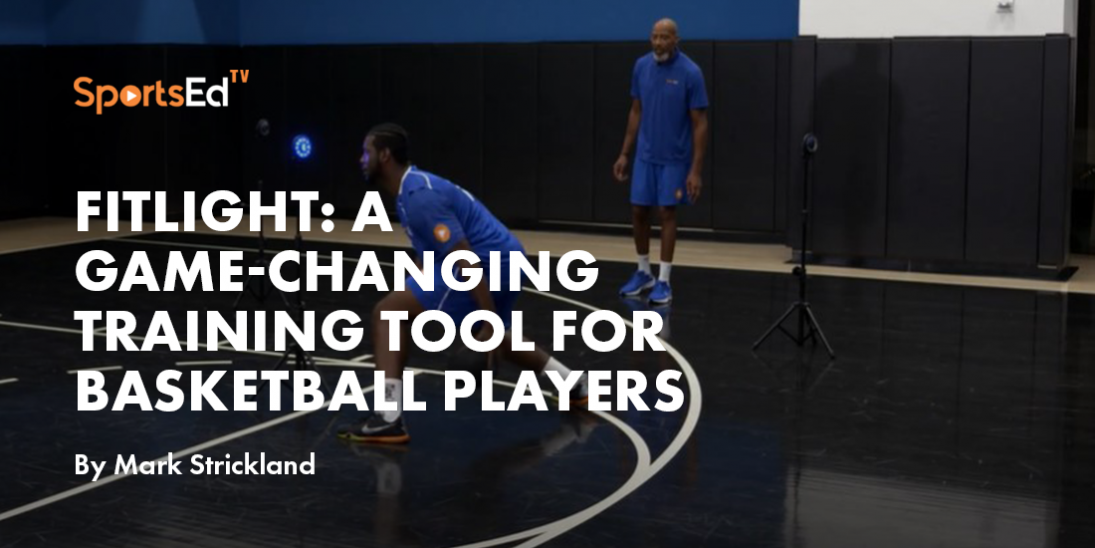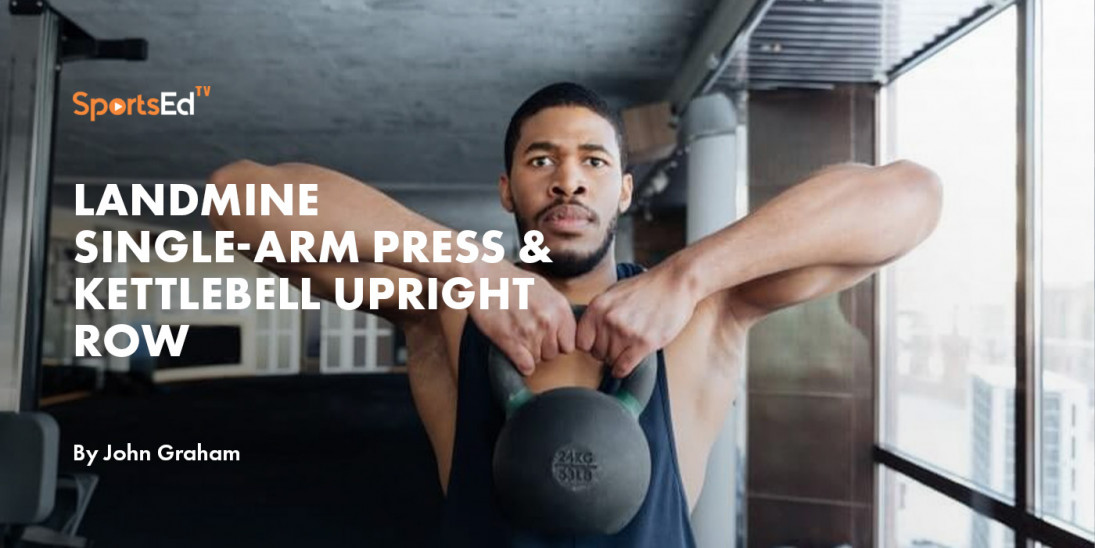Strength And Conditioning
Welcome and thanks for visiting...

Introduction to Training Underproduced Body Weight

SportsEdTV is committed to bringing athletes, coaches, and parents pro-level education videos for FREE. All levels, anywhere, anytime. Check out our full instructional library and sign up to join our community!
We’re frequently asked about drills under reduced body weight in the water and on the Alter G treadmill for quicker recovery from injury. The big advantage is maintaining coordination (time & movement patterns) which allows a faster return to normal training.
It’s all about technique. Coaches no longer just want to know how fast an athlete is sprinting; they want to know how to make them faster by improving technique. This is a risk when an injury occurs.
The Neuroscience of change addresses the importance to train addressing time and movement patterns.
When Achilles tendon pain or injury prevents the athlete from doing reactive jumps, sprint or jump, training in water or on the Alter G treadmill helps to maintain quality work.
Reactive Jumps
Keep the leg stiff, belly button tight (hold the breath), gluten active (squeeze the gluten) and let the water current push you towards the bis from which your only intention is to keep the contact as short as possible. The water will return you into start position.
Squat Jumps
Leg stiff, bent as much as required to have an amortization as short as possible. Squat jump as high possible out of the water. Focus on hip extension, minimal knee bent and short ground contact.
Single Leg Jumps (eagle jumps)
Similar to the squat jumps with the only difference that they are executed single legged.
Alter G - drills (reduce at the beginning body weight up to 35-40% depending on the severity of the injury/pain)
Fast leg (quick single leg step over)
Quick step over the supporting leg. Knee drives the swing phase acceleration towards the ground. Supporting leg is stiff (leg with spring). Focus on the active recovery by actively driving the knee in the free phase for a quick recovery from back to front side mechanics.
Straight Leg Shuffle
Control the movement from the gluten accelerating the negative speed of the straight leg towards and through the ground. Let the hip flexor stretch and help controlling the forward swing of the leg. Once under control combine with quick step overs to get into the simulation of the sprint/running stride pattern.
Bounds
Movement starts with accelerating the knee to and through the ground, knee (hamstring in the swing phase from back to front relaxed) extends when thigh is accelerated to the ground in front side mechanics preparing an active, dynamic, short ground contact.





